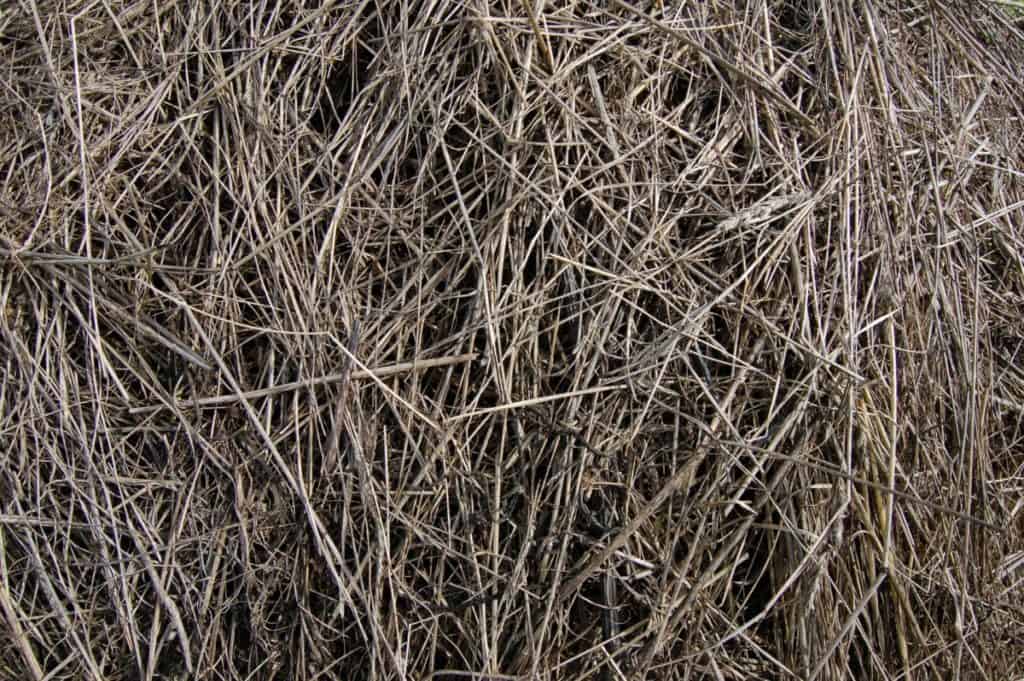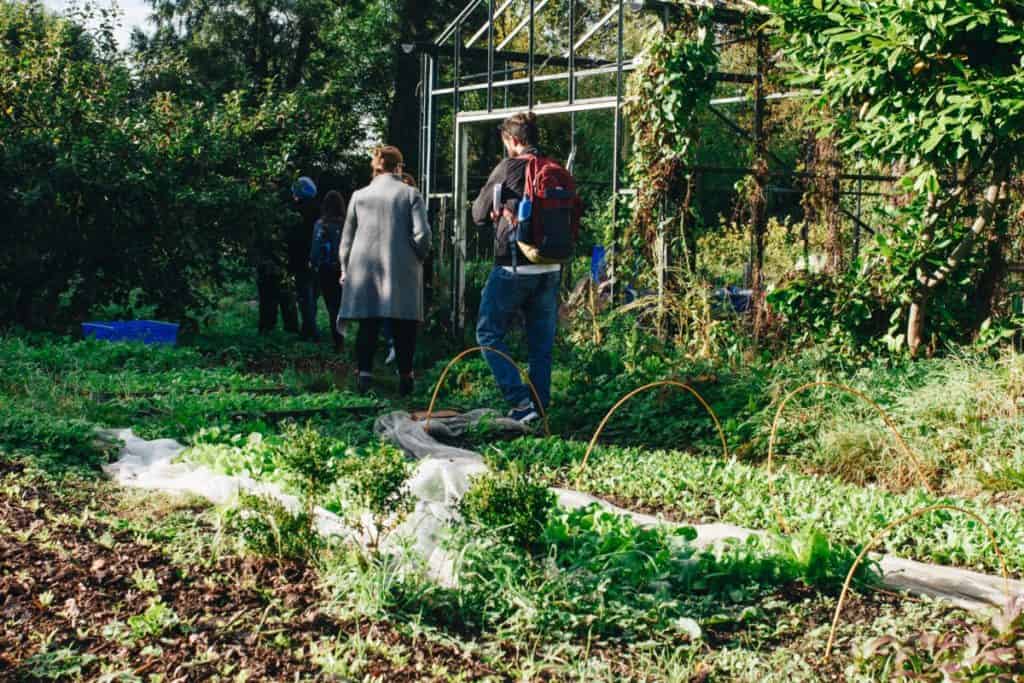
If you are new to backyard gardening, you may not have heard of the Ruth Stout Method of Gardening. Or, like me you’ve heard about it, but didn’t know what it was all about.
- In it’s simplest form this is the Ruth Stout Method:
- 1. Place seed or plant start….
- 2. On a prepared soil bed,
- 3. Cover with loose spoiled hay,
- 4. Return at the prescribed time to harvest your crop.
- Note: No tilling, no digging, no fertilizing, no weeding and no watering.
As I mentioned, this is the simplest form. So, lets look at each of these areas a little closer.
1. Place seed or plant start… I have not discovered any vegetable that you would normally grow in your garden that you could not grow using this method.
2. on a prepared soil bed…. this is where it can be a bit confusing. If you are starting this process in a brand new area, some vegetable plants will work better the first year than others. Potatoes work great as a first year crop, but not carrot, beets or onions

To start a new area over a lawn or field, you may want to mow the area as low as possible. Some just make sure the grass or weeds are laying flat.
Then a covering of rich compost is spread over the desired area to a depth of about 4 inches.
It is on this compost you place your seeds or seed potatoes.
Small seeds should be covered lightly with surrounding soil.
Note: When you return the next planting season, this covering hay will have settled down, and will have started to compost, and this will be the bed to use for seeding.
3. Once the seeds are spread, cover the entire area with loosened spoiled hay. Raked leaves and/or dried lawn clippings can be mixed in, but the hay breaks down into it’s own compost very quickly.
Cover with loosened but packed hay to a depth of at least 10 inches.

4. Mark your calendar, and return when it’s harvest time.
Is it really that easy? No till, no dig, no fertilizer, no weeding and no watering? Well yes… maybe.
Every climate and soil condition is different, so being aware of your own situation, and being able to adjust accordingly will make your success more of a reality.
In super arid areas, a timely watering may be needed. But with this method, as you can imagine, you will use less water, and the water will be retained better under the hay.
Most gardeners admit some weeding is in order. If weeds are peeking through your hay, you probably didn’t cover the ground initially with enough compost and followed up with enough hay on top.

No worries. Just lift the hay, and either lay the weed over, or clip it really short, replace the hay, and add more to that spot.
4. If this is the first year, you will notice at harvest time, the grass and/or hay you covered, has now rotted or composted mostly away, and in the process, has turned the hardened ground it was growing in, into a loose and rich loam. Usually to a depth of 4 to 6 inches. This is great for onions, beets, turnips, carrots and etc.
With each planting, keep adding hay to the top. This is the secret. It keeps moisture in, retards weeds, protects the seeds and new plants, and breaks down into rich nutrients for the plants.
Question: How does The Ruth Stout Method of Gardening differ from the Back to Eden Method of Gardening.
Both methods are called Blanket Mulching. The Ruth Stout Method uses old and worthless hay, with the idea that it breaks down and decomposes fast.

With the Eden Method, wood chips are used in a similar way. But wood chips do not decompose as fast, but they help retain water, discourage weeds and protects the juvenile plants. And wood chips do decompose in time, which provides rich nutrients for the garden soil.
I found this video on YouTube of an interview with Ruth Stout herself. She explains her gardening experiences and how she came across the method that now bears her name.
She does pander about life in general, so if you get bored, make sure you don’t skip over the last couple of minutes… they are hilarious. (20:35)
Here is another video of a more modern day farmer that is using the Ruth Stout Method, on a larger than back yard garden scale.